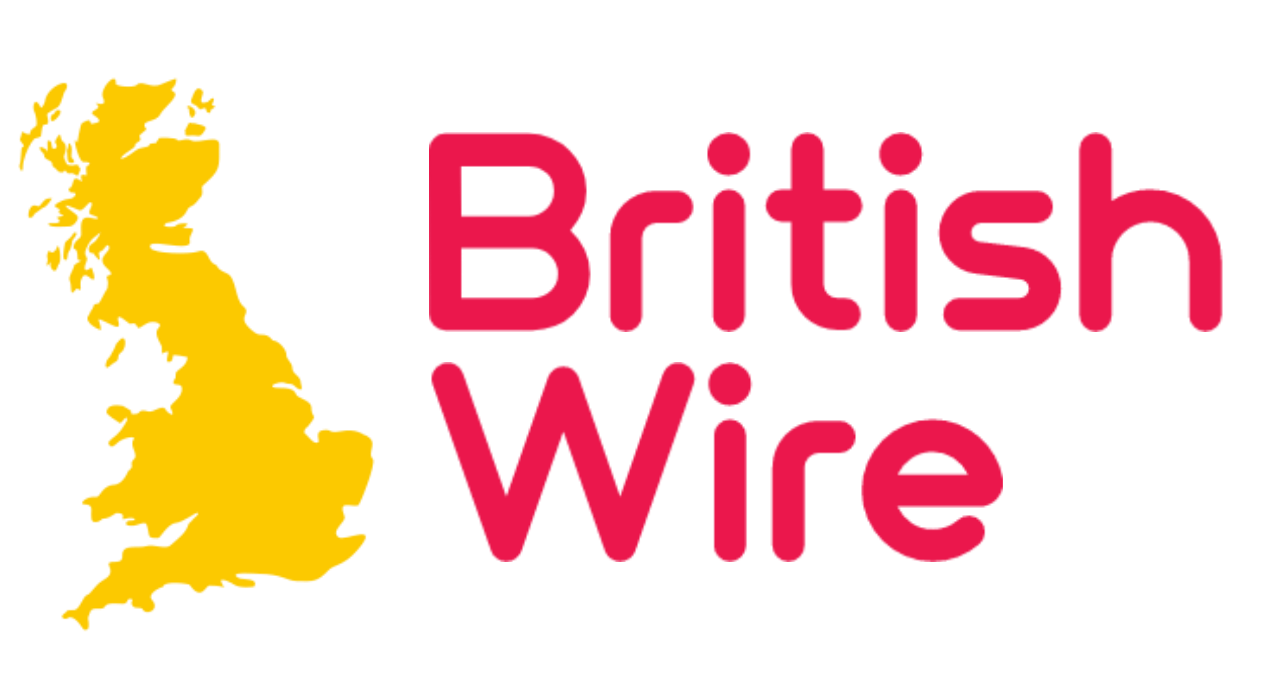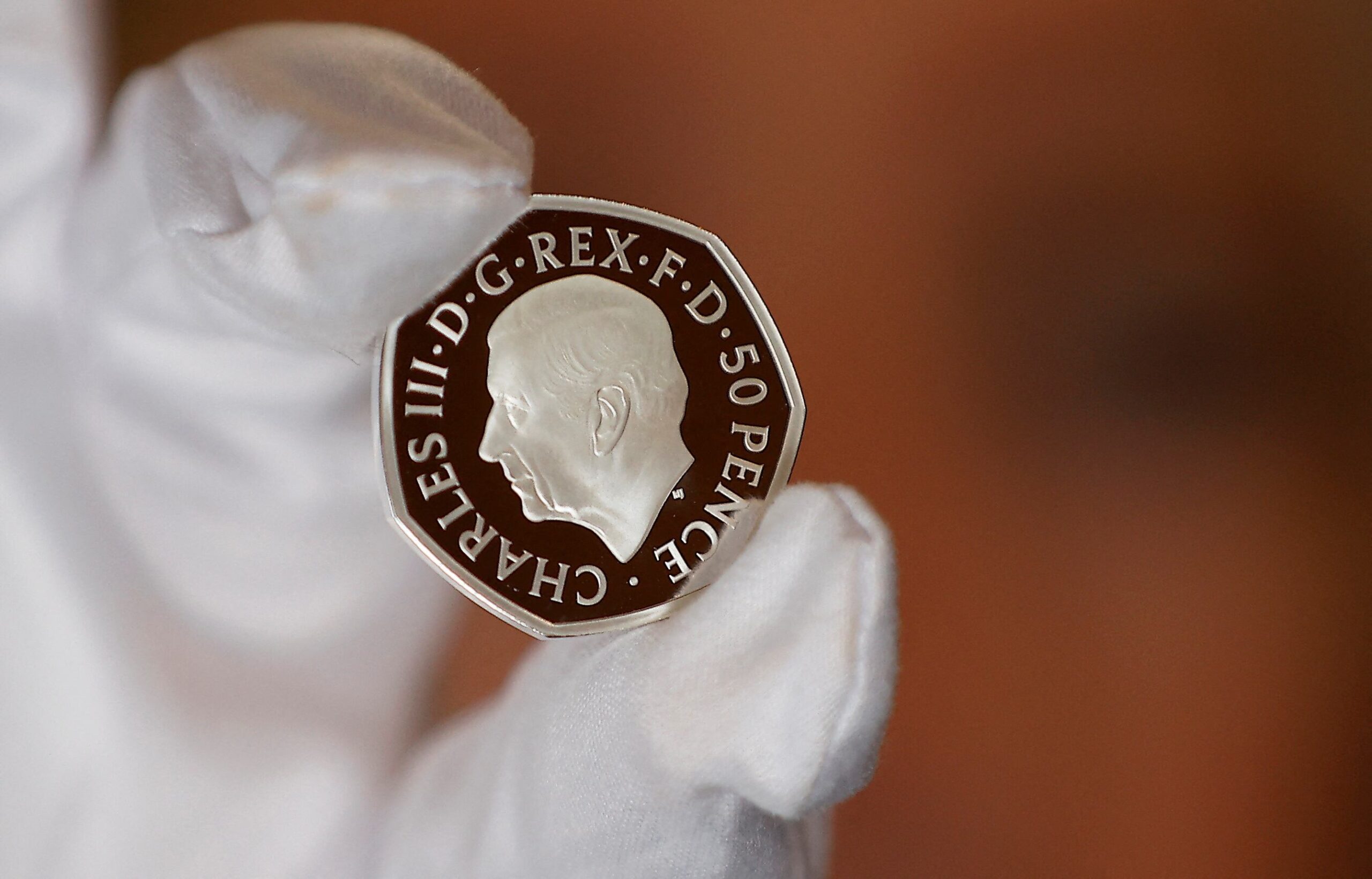LONDON, May 30, 2025 — The pound sterling, one of the world’s oldest currencies, remains a cornerstone of British identity, blending tradition with modern innovation. From everyday transactions to the thrill of collecting rare coins, the UK’s currency tells a story of history and value. Here’s a look at the coins and notes circulating today, with a spotlight on rare British coins that have collectors buzzing.
Coins in Your Pocket
The UK uses eight coin denominations: 1p, 2p, 5p, 10p, 20p, 50p, £1, and £2, all minted by the Royal Mint. Since 2023, these coins feature King Charles III’s portrait, though Queen Elizabeth II coins are still legal tender. The designs often celebrate British milestones—like the 12-sided £1 coin, introduced in 2017, or the £2 coin marking events like the 2002 Commonwealth Games. Among these, rare British coins are a hot topic for collectors. Take the 1933 George V Penny—only seven exist, and one could fetch hundreds of thousands at auction, says Heads & Tails Jewellery. The 2002 Commonwealth Games £2 coin (Northern Ireland edition, with just 485,500 minted) and the 1917 Gold Sovereign, scarce due to wartime melting, are also prized finds, according to Atkinsons Bullion.
Banknotes in Circulation
The Bank of England issues £5, £10, £20, and £50 notes, featuring icons like Winston Churchill, Jane Austen, JMW Turner, and Alan Turing. Since June 2024, King Charles III notes have rolled out, but Queen Elizabeth II versions remain valid, ensuring a smooth transition, per the Bank of England. Scotland and Northern Ireland add their own flair, with notes from banks like Clydesdale and Ulster Bank circulating widely in denominations up to £100. The Channel Islands, like Jersey, issue their own notes, though they’re not legal tender on the mainland, notes Wikipedia.
A Collector’s Dream
The shift to King Charles III’s image has sparked excitement among collectors, as older coins and notes become scarcer. The Royal Mint highlights coins like the 2015 Britannia £2, with a mintage of 650,000, as particularly collectible. Even rarer pieces, like the 1937 Edward VIII 5-pound pattern, have sold for $2.28 million, reports Paul Fraser Collectibles. “These coins aren’t just money—they’re pieces of history,” says numismatist Sarah Collins, who tracks auctions for rare finds.
Everyday Lingo
Brits have a knack for nicknames: a pound is a “quid,” a £5 note a “fiver,” and 50p is “fifty pee,” as Visit London points out. These terms weave the currency into daily life, from market stalls to pubs.
Why It Matters
As of May 30, 2025, Britain’s currency reflects both practicality and prestige. Whether you’re spending a new £1 coin or hunting a rare 1933 Penny, the pound sterling connects the past to the present. For collectors, it’s a treasure hunt; for the rest of us, it’s the cash in our wallets.

















